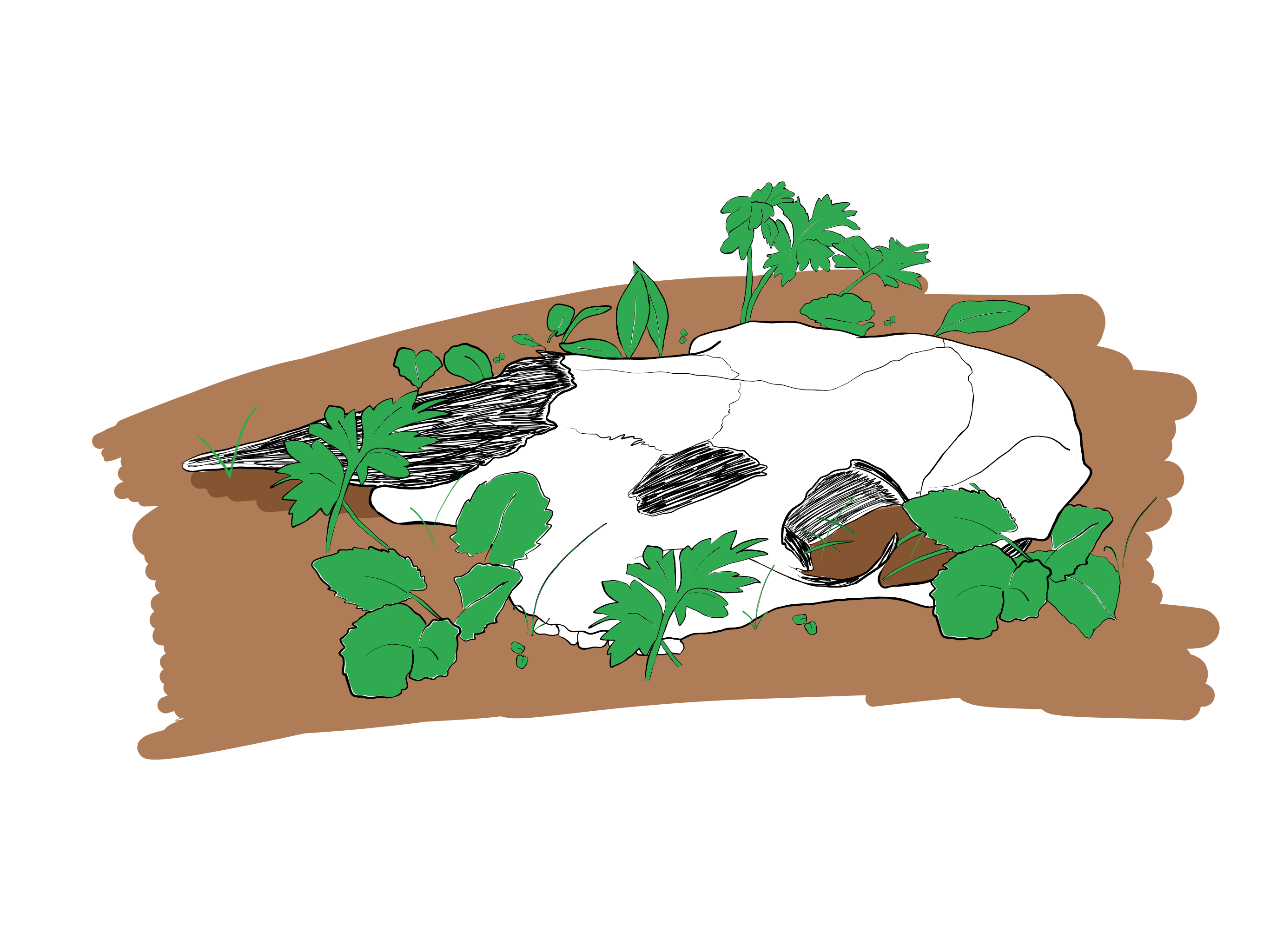What happens when ungulates die?
Ungulates are made up of multiple nutrients, including nitrogen, phosphorus, and sodium. When an ungulate dies, their carcass decomposes and releases nutrients into the environment. These nutrients are critical to the growth and development of plants and other organisms and, because they often are naturally uncommon, the input of nutrients from decomposing carcasses can be important to the plants and soils in the near vicinity. In fact, the decomposing carcass changes the temperature, water content, and nutrient concentration of the soil surrounding the carcass, and provides a short wave of resources for the nearby plants. For example, the nutrients that entered the ground surrounding decomposing moose carcasses boosted plant growth up to 3 growing seasons after the moose died! The effects that a decomposing carcass has on their surrounding environment goes to show that each element of an ecosystem is connected in some way, even if we might not see the connection at first.
Bump, J. K., R. O. Peterson, and J. A. Vucetich. 2009. Wolves modulate soil nutrient heterogeneity and foliar nitrogen by configuring the distribution of ungulate carcasses. Ecology 90:3159-3167.
Parmenter, R. and J. Macmahon. 2009. Carrion decomposition and nutrient cycling in a semiarid shrub-steppe ecosystem. Ecological Monographs 79:637-661.
Description and illustration by Rhiannon Jakopak.

